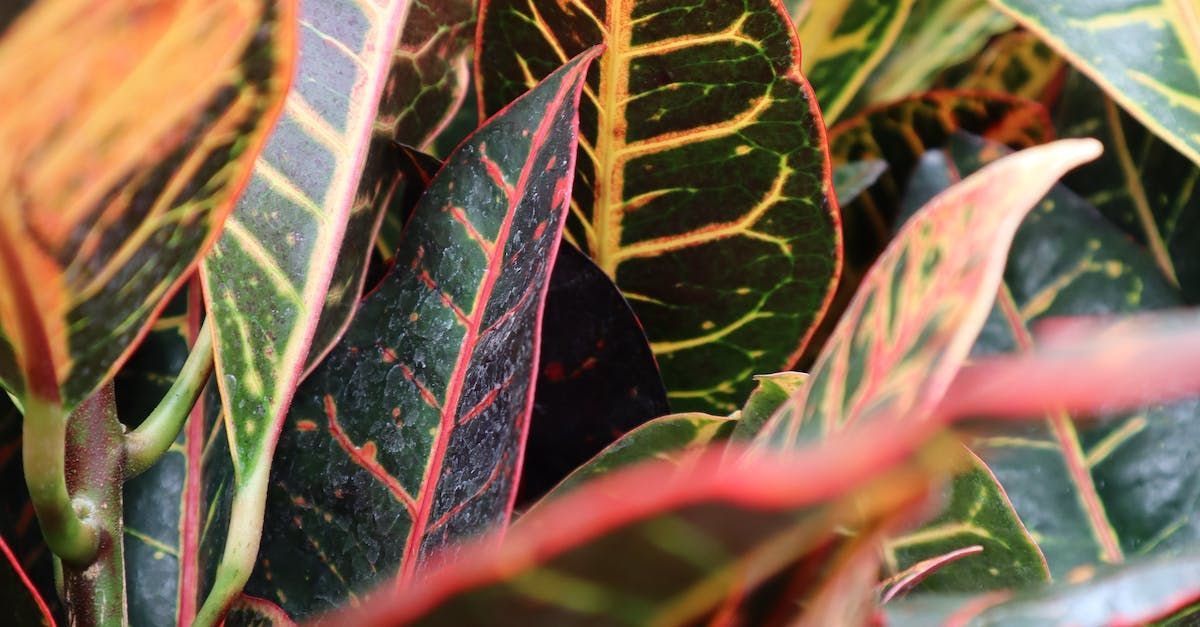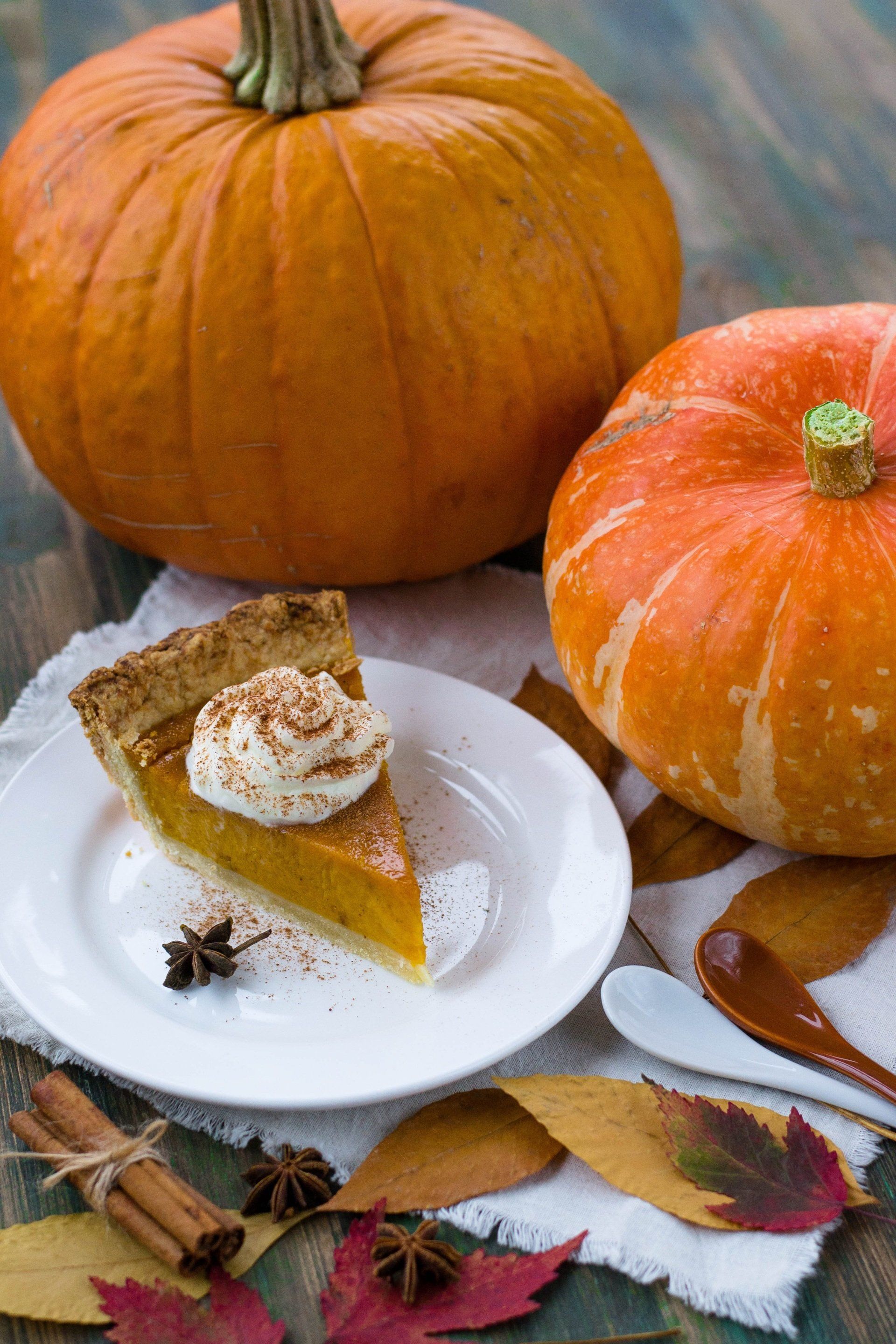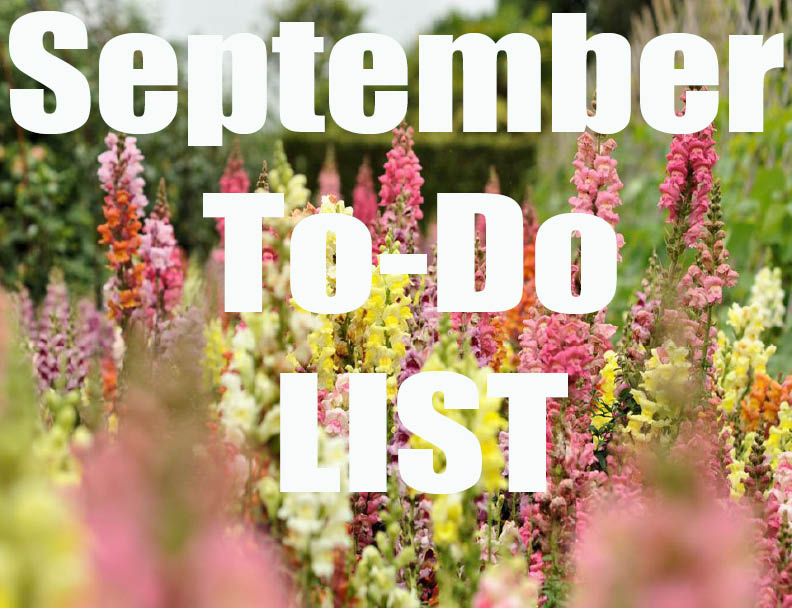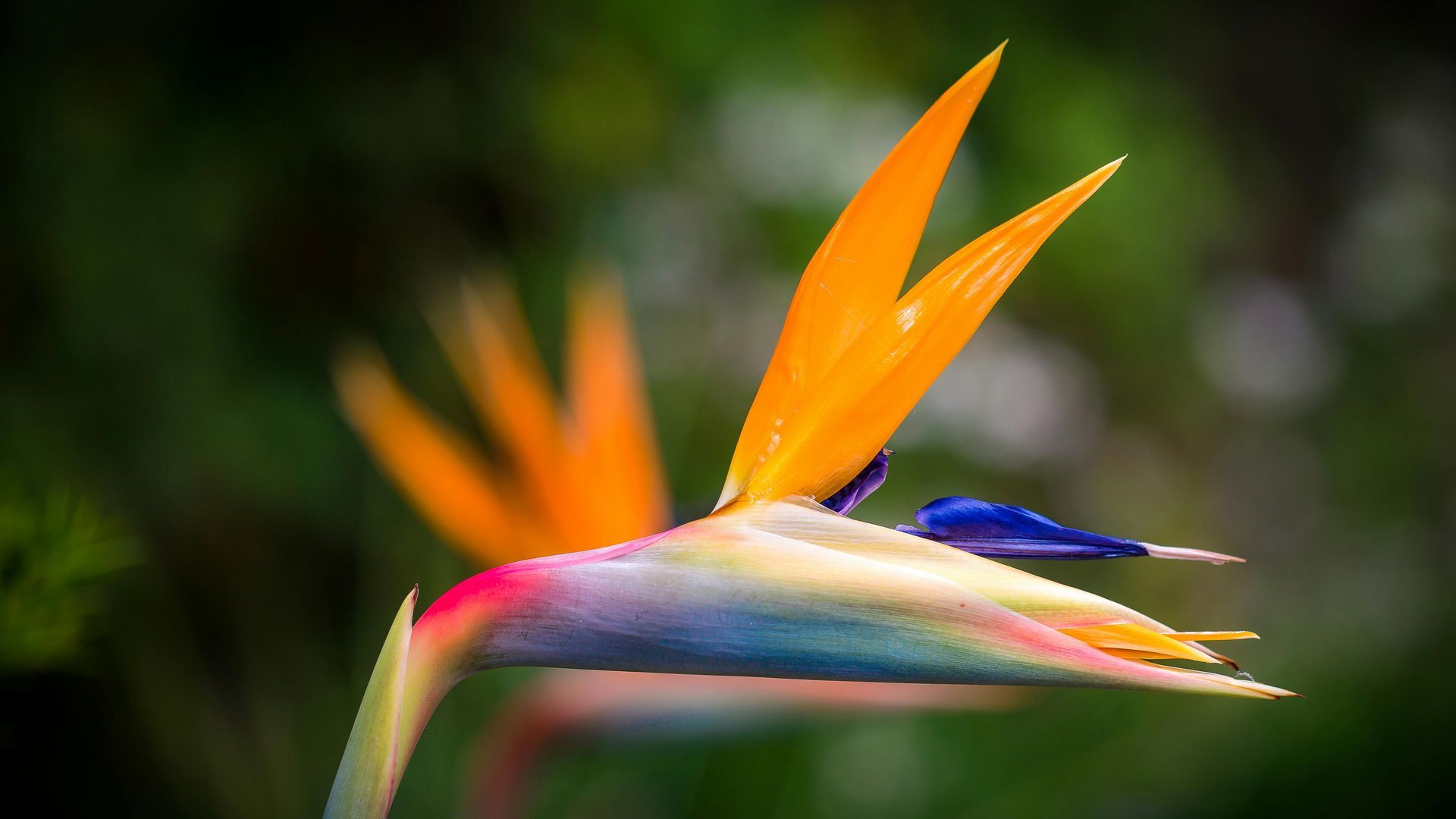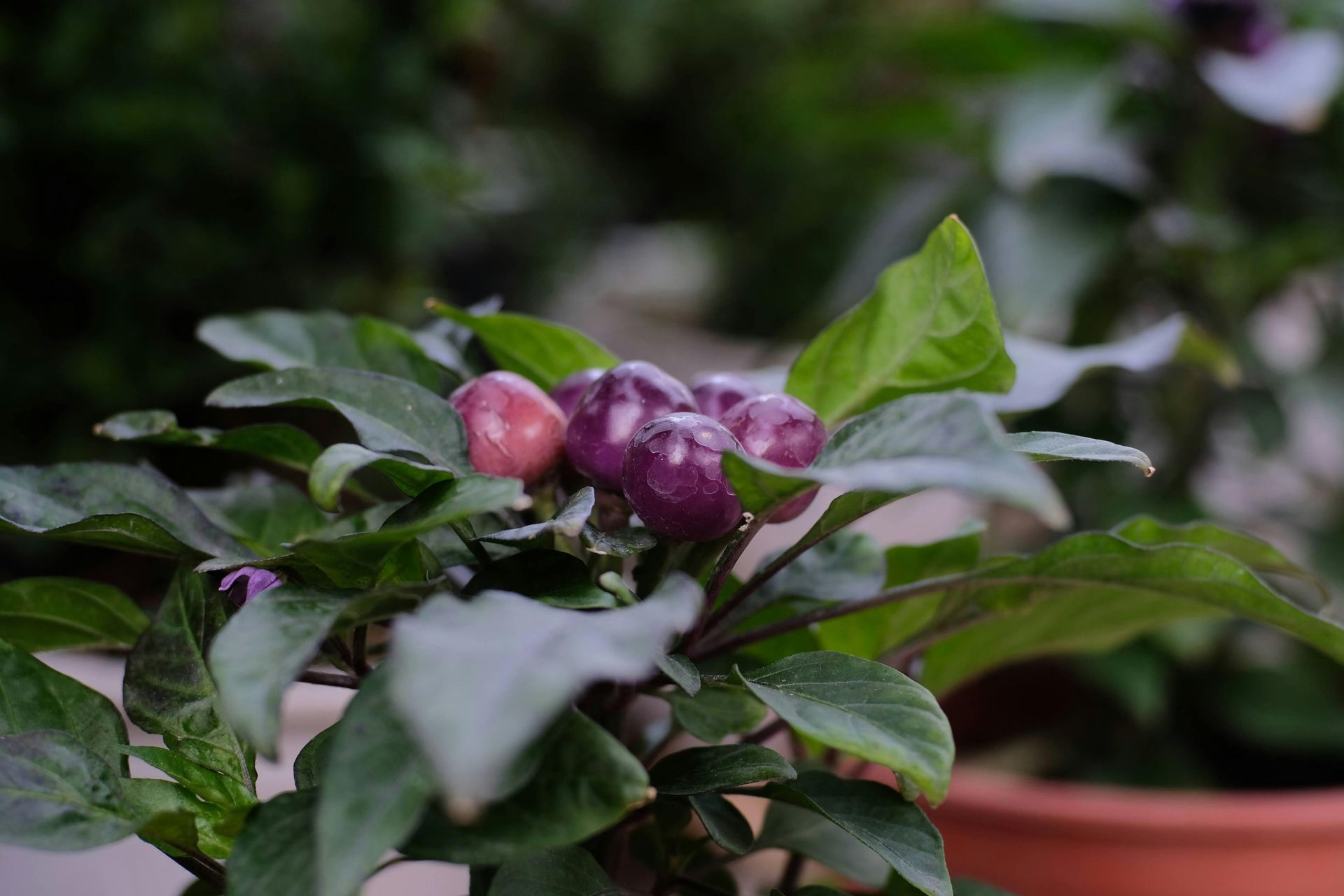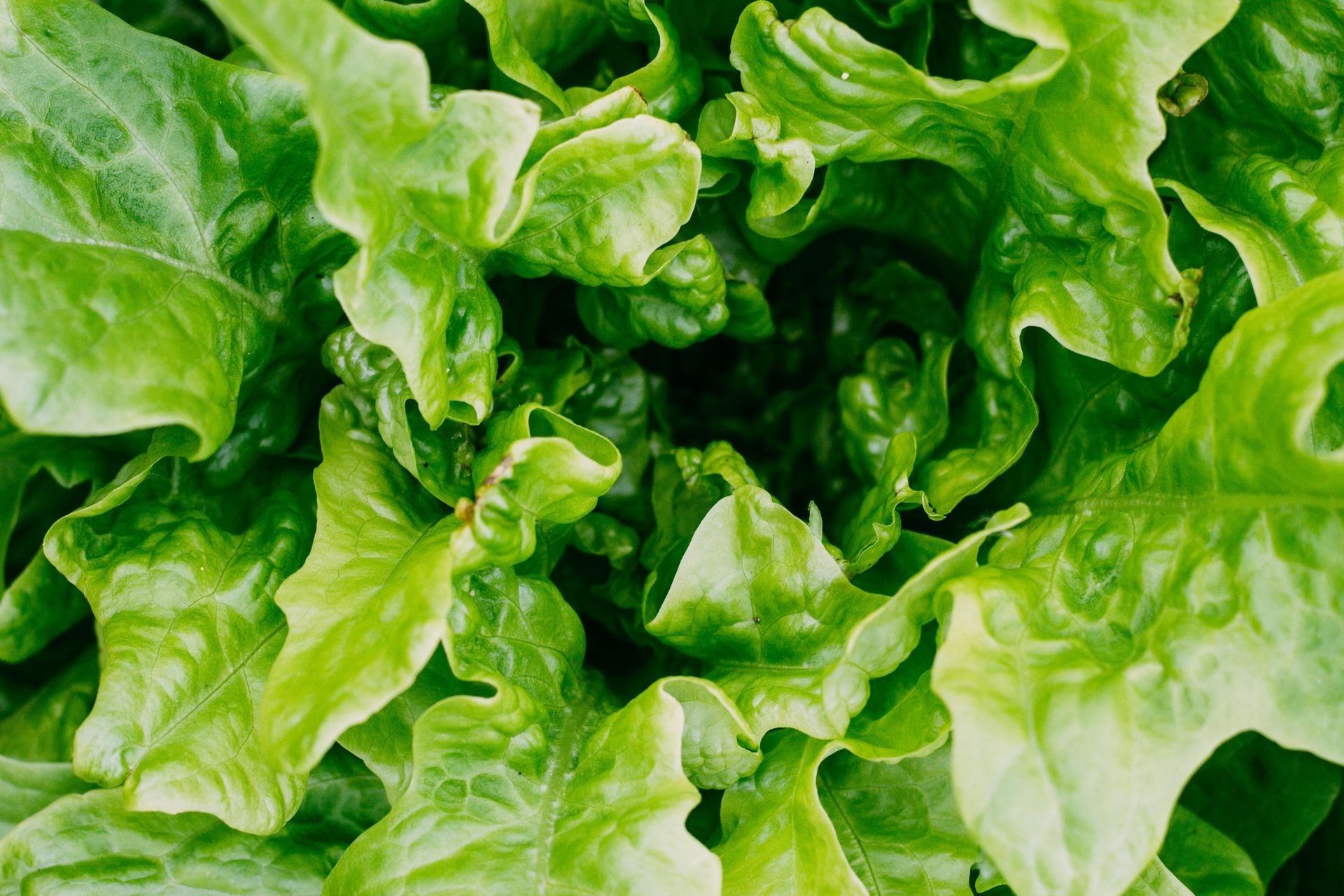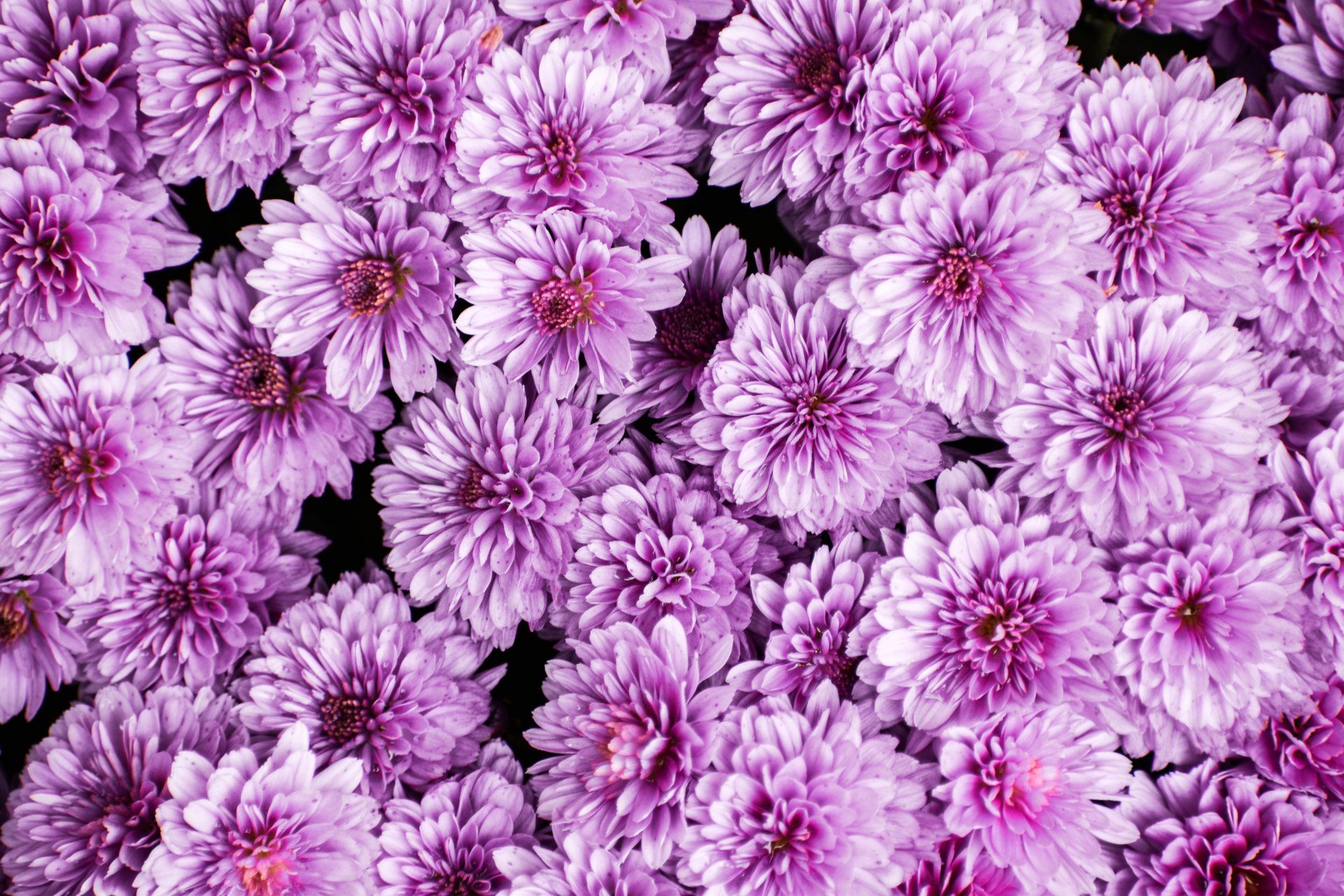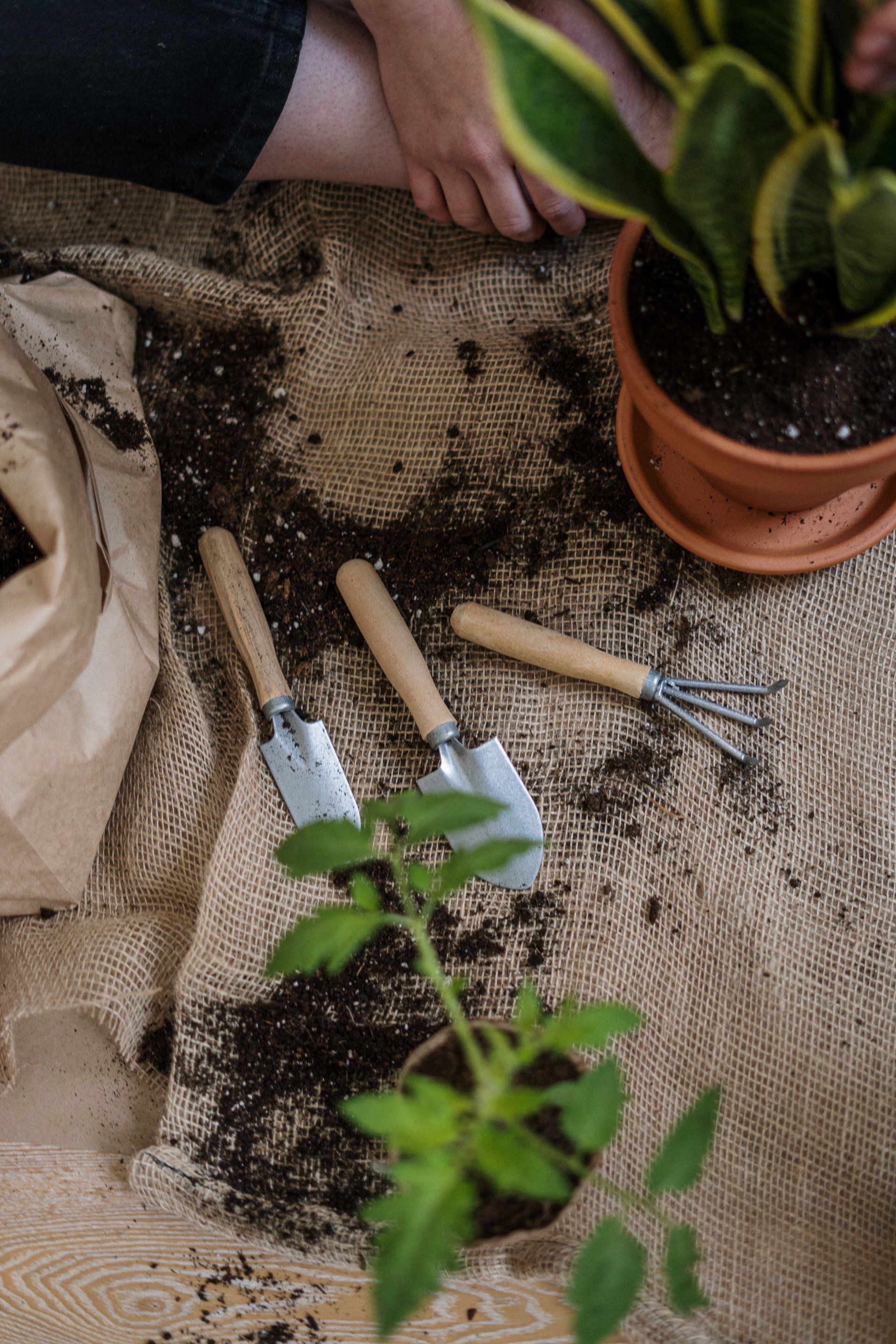Plants to Attract Hummingbirds
Want to appeal to hummingbirds? Consider these flowers they love to visit.
Little John Bottlebrush
Hummingbirds love these red “bottle-brush-“ shaped blooms that pop out at the perfect time hummingbirds are fluttering fast through Acadiana. These are hardy evergreen dwarf shrubs that go great in any landscape. The “Hannah Ray” tree-form variety is a wispy focal point.
Bee Balm
Bee balm's blooms appear in mid to late summer, and can even remain into the fall. The striking flowers come in white, pink, red or purple, and complement the dark, aromatic foliage. This perennial is susceptible to powdery mildew, so plant in full sun to part shade and select resistant varieties. Bee balm likes medium to wet soil and works well in a wildlife garden. Bee balm is attractive to bees, but this bergamot is equally attractive to hummingbirds.
Butterfly Bush
Buddleia davidii attracts butterflies with its blooms of lavender, pink, white, purple, red or yellow. These blooms can appear beginning in early spring and continue until first frost. In full sun, butterfly bush can grow up to 10 feet tall. Butterfly bush is an aggressive grower, and removing spent blooms will encourage more attractive, fragrant flowers for a long period. Grow in massed plantings in cottage gardens and butterfly gardens, and use in border plantings.
Cardinal Flower
Lobelia cardinalis features reddish purple stems, bronzy leaves and scarlet flowers. A perennial, it can reach four feet tall and spread up to 36 inches wide. Cardinal flower appreciates full sun and moist, well-drained soil. Consider growing in a container in a wetlands setting, and water this plant often. Cardinal flower blooms beginning in mid summer through the first frost.
Cigar Plant
Cigar plant is slow to take off in spring, but by the time hummers arrive in fall, they are in full bloom! Many varieties are available, but the name comes from the orange variety with a purple-black tip on the tubular bloom, resembling a smoldering cigar. Pink and yellow varieties are also common. A related plant, the Bat-Face Cuphea, makes bright red blooms with two purple wings that resemble a bat’s ears. Hummers love them all equally.
Delphinium
Hummingbirds love delphinium, which blooms in early summer. Height for these perennials can average anywhere from 2 to 8 feet tall, depending on variety. Delphinium requires rich soil, and areas with relatively cool summers. ‘Diamonds Blue’ is a variety bred for the heat that will tolerate our weather much better.
Foxglove
If you’re thinking about adding a cottage-garden look, you may want to consider foxglove (Digitalis purpurea), which may extend up to 6 feet when in bloom, depending on the variety and growing conditions. It prefers moist, well-drained soil and full sun to medium shade. Its blossoms — in purple, pink, yellow and white — attract hummingbirds. Please note that all parts of the plant are poisonous to people, pets and livestock. Foxglove is considered invasive along the West Coast and in some parts of New England.
Mexican Fire Bush
This subshrub or perennial plant produces loads of orange tubular blooms that are a delight to hummingbirds. It will flower best in uninterrupted full sun, and doesn’t mind being a little dry. Flower time is from early summer all through fall. Though a variegated variety, ‘Lime Sizzler’ adds a wonderful chartreuse splash to tropical gardens, the old-fashioned standard will produce the most flowers.
Porterweed
Though each flower is very tiny and dainty, they are borne on long flowering stems, so plants are typically loaded with little purple flowers that hummers love. Porterweed is semi-tropical, and might not survive a sudden, hard freeze. Keep it in a pot that can be brought in on cold nights, or replant in spring. Though they are typically purple, red or coral varieties are also available.
Salvia
All salvia species are characterized by vertical spikes of vibrant flowers that can be found in hues of blue, red, pink or violet. Bloom time varies according to variety, and their flowers are a welcome sight for hummingbirds. Salvia microphylla 'Hot Lips' is an erect, clump forming perennial salvia that is noted for its compact form, long bloom period, purple stems and red and white flowers.
Yarrow
Varieties of the tough summer-blooming yarrow come in yellow, white, orange, red, pink and coral. Butterflies and hummingbirds enjoy its blooms, which start early in the season and can last into mid fall, depending on the species and variety. Yarrow grows best in well-drained, average to poor soil, and can reach up to 48 inches.
Trumpet Vine
A beautiful climber for any structure, this vine blooms trumpet-shaped coral flowers that are also known as “hummingbird vine” since they love it! The foliage is dense and evergreen, and it loves full sun to part shade.
Please note- All Seasons may or may not have these plants in stock available to purchase at the time you come to purchase these. If you're ever looking for something specific, please call the garden center at 337.264.1418 or send an email question via this link prior to your shopping visit!
